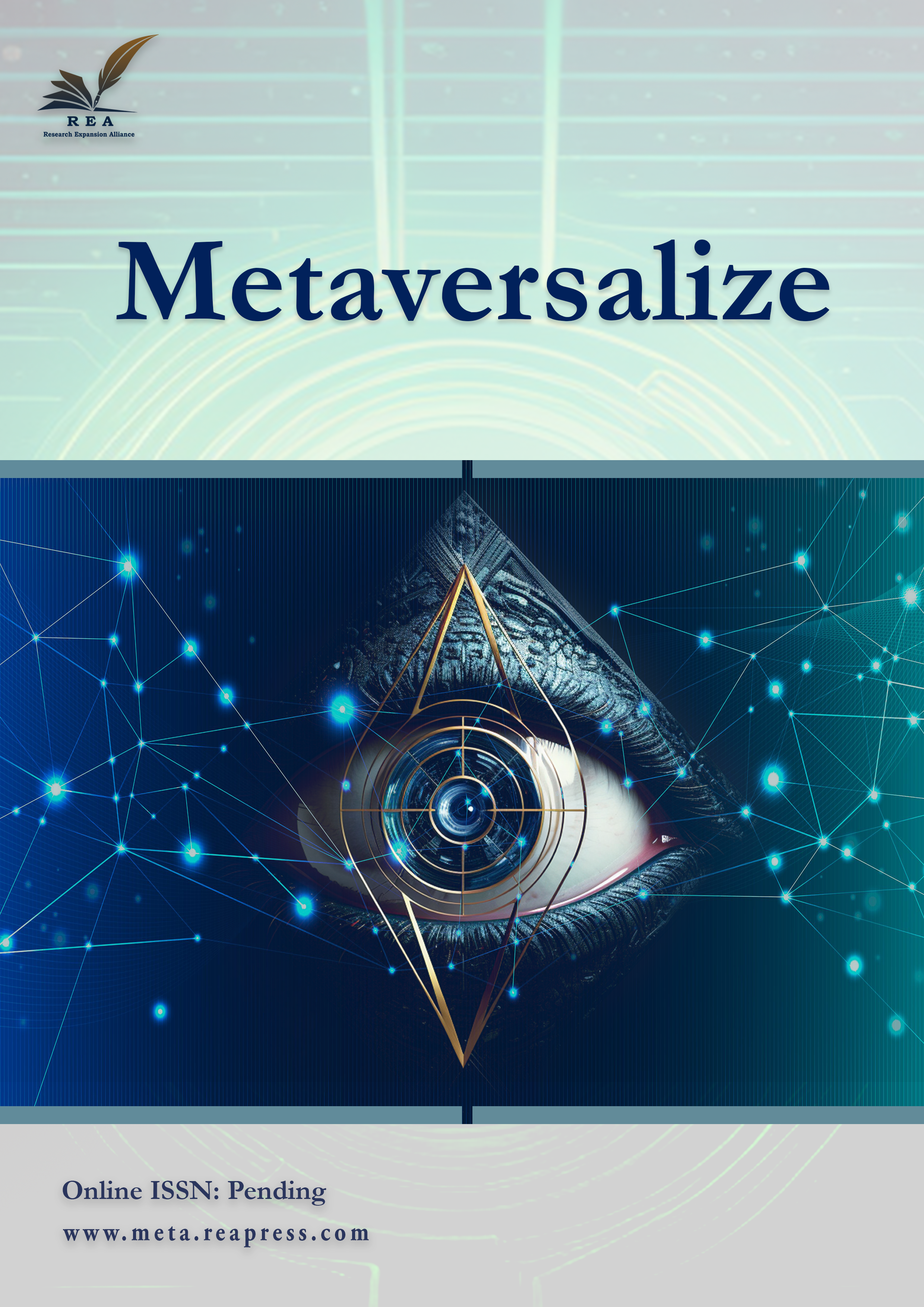Privacy-preserving models for IoT-based smart city infrastructure
Abstract
Integrating the Internet of Things (IoT) into the infrastructure of smart cities has driven progress in urban management by improving applications such as traffic monitoring, public safety, and utility management. Nonetheless, this network of interconnected data raises significant privacy issues, as IoT devices continually gather and transmit sensitive information that may be susceptible to unauthorized access, breaches, and misuse. Safeguarding privacy within these extensive IoT networks is essential for upholding individual rights and fostering public confidence. This study explores privacy-preserving frameworks designed for IoT-enabled smart city settings, analyzing strategies such as data anonymization, differential privacy, federated learning, and encryption protocols. The effectiveness of each model is evaluated in terms of scalability, computational efficiency, and their ability to adapt to emerging threats. The results emphasize the potential benefits of integrating various privacy-preserving methods to uphold functionality while ensuring data security. Suggestions for applying hybrid models that strike a balance between privacy and operational effectiveness are provided, contributing to the establishment of secure, resilient, and privacy-conscious smart cities.
Keywords:
Urban management, Privacy, Smart cityReferences
- [1] Rehan, H. (2023). Internet of things (IoT) in smart cities: enhancing urban living through technology. http://dx.doi.org/10.1051/itmconf/20257603001
- [2] Alshaflut, A. (2024). Enhancing smart city infrastructure: An iot-integrated system approach for real-time urban management. Indian journal of science and technology, 17, 3012–3017. http://dx.doi.org/10.17485/IJST/v17i29.1070
- [3] Kaluarachchi, Y. (2022). Implementing data-driven smart city applications for future cities. Smart cities, 5(2), 455–474. https://doi.org/10.3390/smartcities5020025
- [4] Mohapatra, H., & Rath, A. K. (2021). An IoT based efficient multi-objective real-time smart parking system. International journal of sensor networks, 37(4), 219–232. http://dx.doi.org/10.1504/IJSNET.2021.10043137
- [5] Lakshmikantha, V., Hiriyannagowda, A., Manjunath, A., Patted, A., Basavaiah, J., & Anthony, A. A. (2021). IoT based smart water quality monitoring system. Global transitions proceedings, 2(2), 181–186. https://doi.org/10.1016/j.gltp.2021.08.062
- [6] Mohapatra, H., Rath, A. K., & Panda, N. (2022). IoT infrastructure for the accident avoidance: an approach of smart transportation. International journal of information technology, 14(2), 761–768. https://doi.org/10.1007/s41870-022-00872-6
- [7] Safaei Yaraziz, M., Jalili, A., Gheisari, M., & Liu, Y. (2022). Recent trends towards privacy‐preservation in internet of things, its challenges and future directions. IET circuits, devices & systems, 17(2). http://dx.doi.org/10.1049/cds2.12138
- [8] Rivadeneira, J. E., Sá Silva, J., Colomo-Palacios, R., Rodrigues, A., & Boavida, F. (2023). User-centric privacy preserving models for a new era of the Internet of Things. Journal of network and computer applications, 217, 103695. https://doi.org/10.1016/j.jnca.2023.103695
- [9] Zuo, Z., Watson, M., Budgen, D., Hall, R., Kennelly, C., & Al Moubayed, N. (2021). Data anonymization for pervasive health care: Systematic literature mapping study. JMIR medical informatics, 9(10), e29871. https://preprints.jmir.org/preprint/29871
- [10] Shen, S., Zhu, T., Wu, D., Wang, W., & Zhou, W. (2022). From distributed machine learning to federated learning: In the view of data privacy and security. Concurrency and computation: practice and experience, 34(16), e6002. https://doi.org/10.1002/cpe.6002
- [11] Alatawi, M., & Saxena, N. (2023). SoK: An analysis of end-to-end encryption and authentication ceremonies in secure messaging systems. Proceedings of the 16th acm conference on security and privacy in wireless and mobile networks (pp. 187–201). New York, NY, USA: Association for Computing Machinery. https://doi.org/10.1145/3558482.3581773






